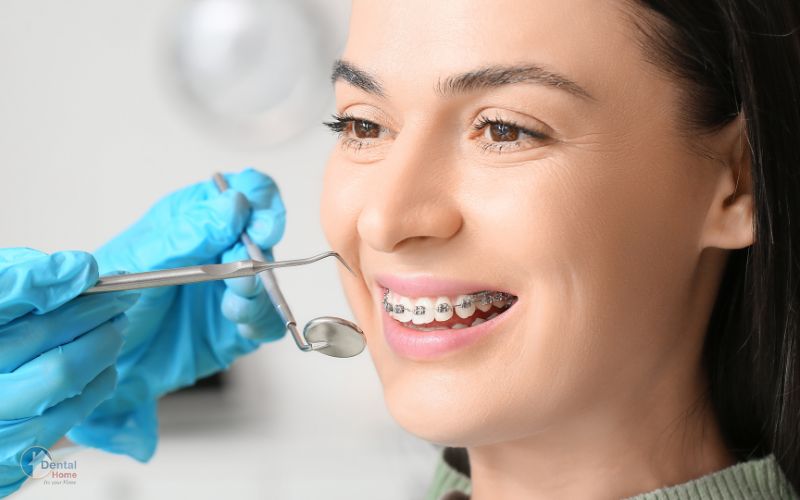Dental braces are orthodontic appliances used to straighten teeth and correct misaligned or crooked jaws that are out of position. They are commonly used in adolescents, but individuals of any age can use them. Braces work by applying constant pressure over a period to gradually move teeth into their proper position. The result is more correctly aligned teeth, healthier teeth and gums, and often a more confident smile.
Purpose of Dental Braces
The primary role of dental braces is to straighten crooked or crowded teeth, close spaces, and adjust the conditions of bite, such as overbite, underbite, crossbite, and open bite. Malocclusion (bad bite) may cause numerous issues such as chewing difficulties, speech disorders, tooth wear, tooth decay, poor gum health, and joint pain. Braces do not simply make your teeth look nicer, but also improve your mouth’s health by making it easier to brush and reducing the likelihood of getting cavities and gum disease.
Types of Dental Braces
There are numerous types of dental braces nowadays to suit the patients’ wide range of choices based on preference, requirement, and cost:
- Traditional Metal Braces – They are the most common and most widely observed form of braces. They consist of metal brackets attached to the teeth and connected by wires and elastic bands. While more visible, modern versions are less noticeable, more comfortable to wear, and more efficient than previous models.
- Ceramic Braces – Designed in a similar way to metal braces, ceramic braces use tooth-colored or clear brackets that blend with the tooth’s natural color, hence being less noticeable. They are particularly preferred by teenagers and adults who desire a less noticeable option.
- Lingual Braces – These braces are placed on the back of the teeth (the lingual surface); therefore, they are completely invisible in the front. While attractive, lingual braces are challenging to clean and take more time for adjustment. Initially, they can also affect speech.
- Clear Aligners (Invisalign) – These are an alternative to braces, presenting as clear, removable trays molded separately to fit over each tooth. Aligners are replaced a few times a week to move the teeth gradually. They are preferred since they are nearly invisible and can be taken out while eating and brushing.

How Braces Work
Braces exert light, continuous pressure on the teeth. The hardware (brackets, arch wires, and bands) helps teeth move to new positions over time. Regular adjustments are needed to maintain pressure and monitor progress. Treatment duration depends on the severity of misalignment and the type of braces, usually ranging from 12 to 36 months.
What to Expect During Treatment
The process begins with a check-up and diagnostic tests such as X-rays and dental impressions. Once braces have been fitted, patients are likely to experience some tenderness or discomfort, especially after the adjustments. Care needs to be taken in adhering to the orthodontist’s advice concerning upkeep, for example, avoiding hard or sticky foods that can damage the braces, maintaining good oral hygiene, and regular checkups.
Benefits of Dental Braces
- Improved Oral Health: Easier-to-clean teeth with reduced cavities and gum disease risk.
- Improved Appearance: A more confident, more attractive and straighter smile.
- Improved Function: Correcting bite issues may improve chewing efficiency and reduce jaw stress.
- Long-Term Result: With proper retention (such as a retainer after braces), the result can last a lifetime.
Conclusion
Dental braces are an amazingly successful orthodontic treatment for patients of all ages. Because there are different types, patients can choose based on lifestyle and aesthetic requirements. Although the procedure is lengthy and requires patience, the result—a beautiful, healthier smile—is all worthwhile.

